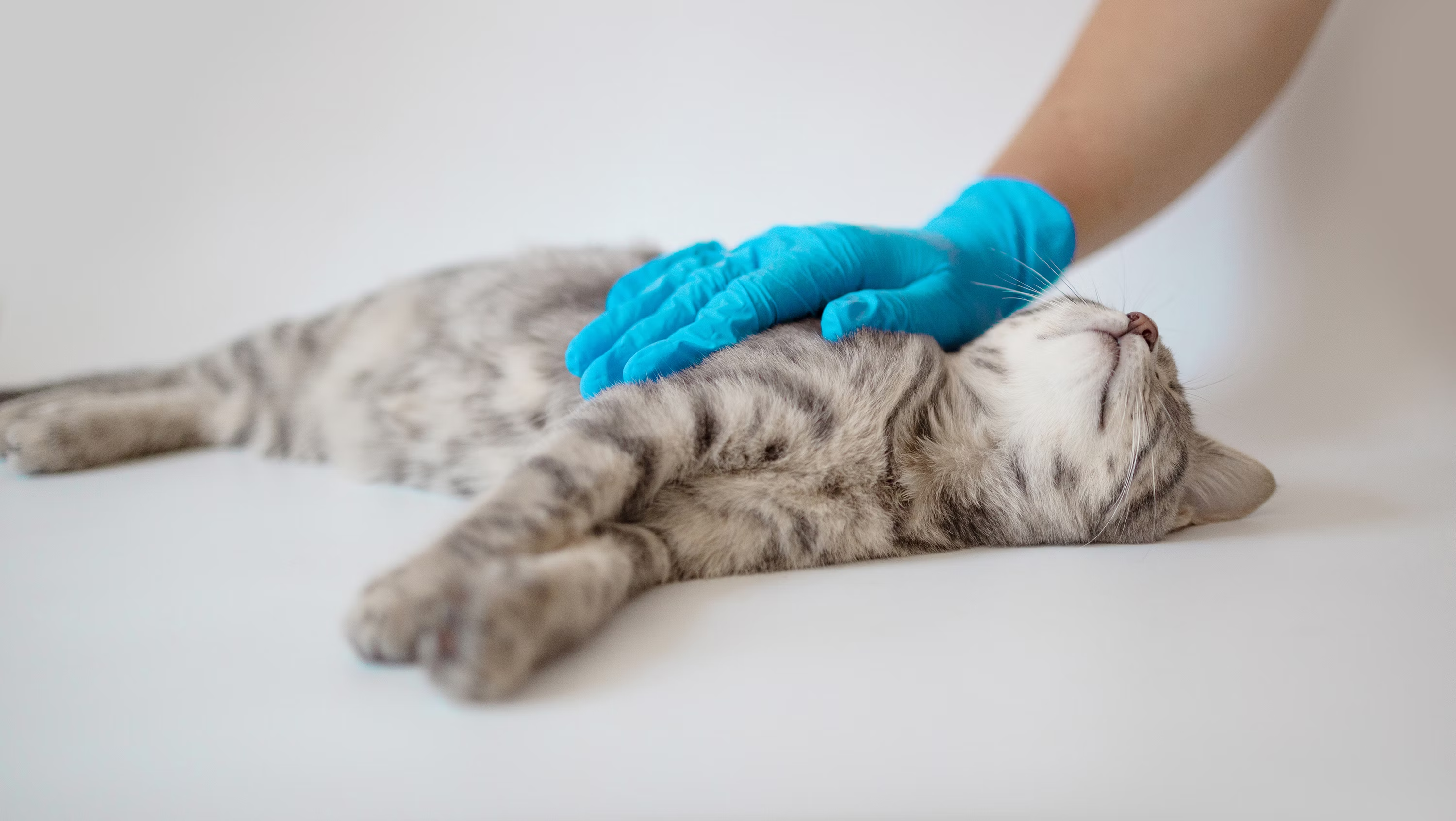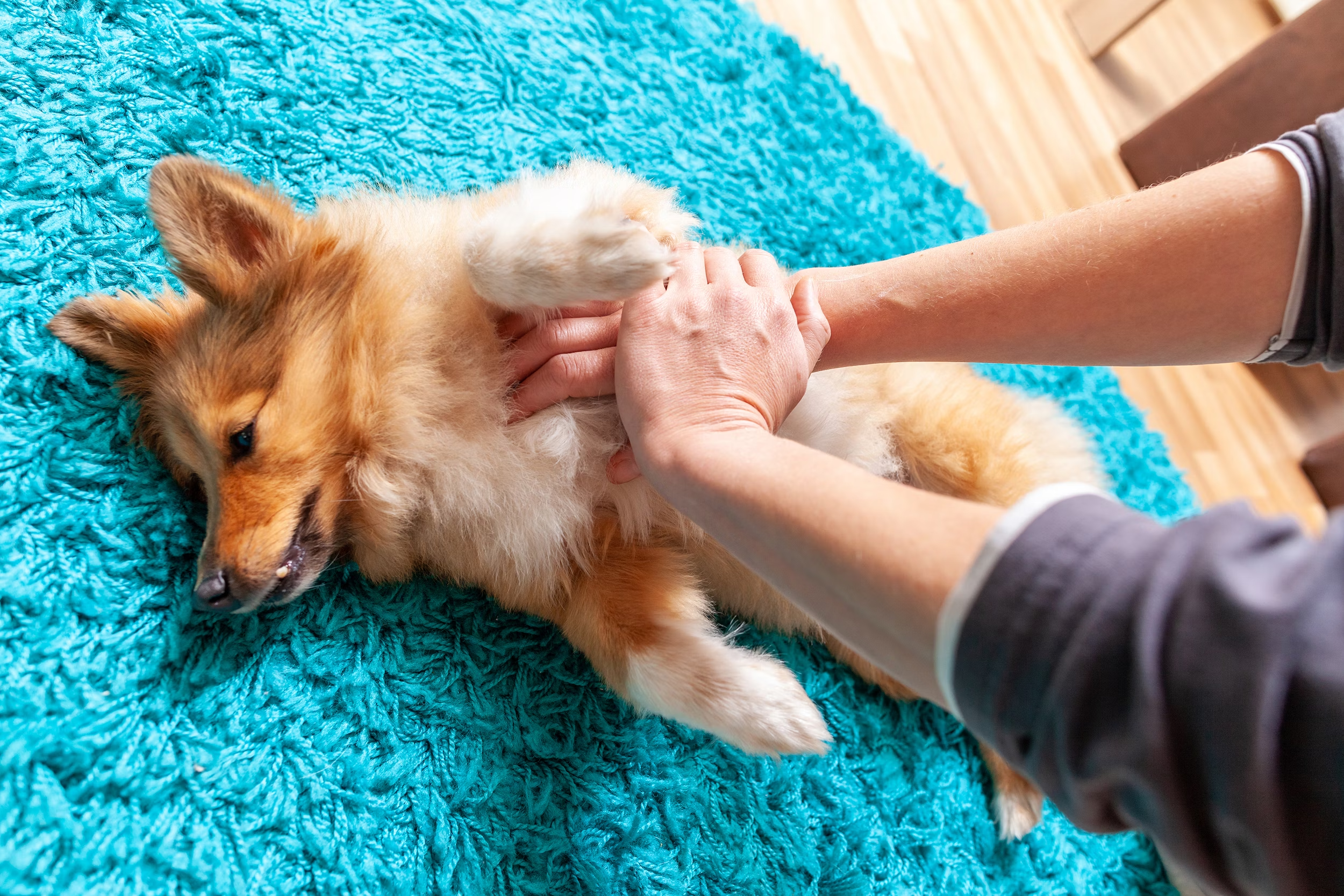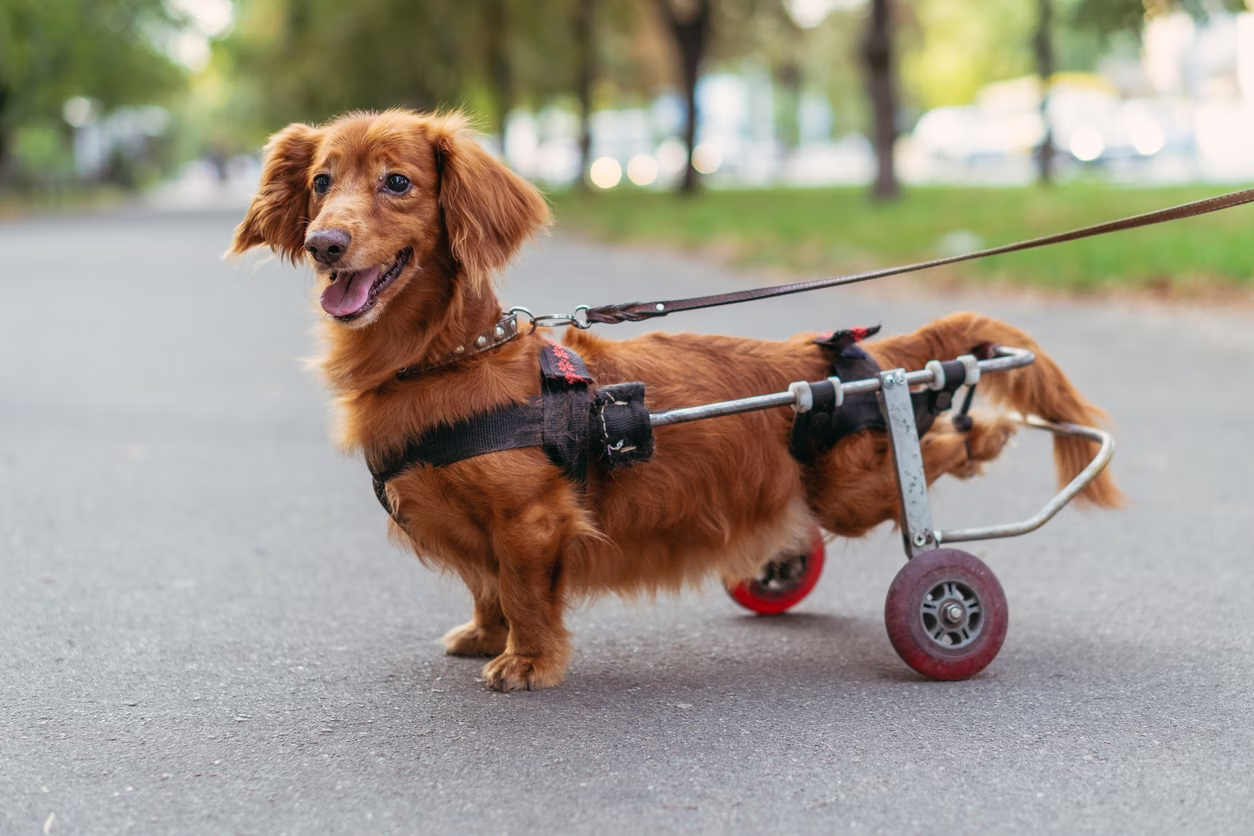As a pet parent, you do everything possible to keep your dog or cat happy and healthy. Often, that involves proactive measures, like choosing high-quality diets, regularly exercising your pet, or keeping up with vaccines, dental cleanings, and other preventive veterinary care. But sometimes, situations come up that can’t be anticipated. In an emergency when your pet’s breathing or heartbeat has stopped, knowing CPR could be the difference between life and death.
What is CPR
CPR stands for cardiopulmonary resuscitation. You’ve probably seen—or even been trained to perform—CPR on humans. Pet CPR utilizes concepts similar to those used on people, though the specific techniques are modified to work for a dog or cat’s anatomy.
The two main components of pet CPR are chest compressions and resuscitation. Chest compressions are used to restart blood flow, and resuscitation is used to resume oxygen delivery to organs.
Why is knowing pet CPR important
When a pet’s breathing or heartbeat stops, oxygen in the bloodstream depletes rapidly. Lack of oxygen to the cells can quickly compromise vital organs. If enough time passes before oxygen flow resumes, the heart will go into cardiac arrest, cells in the brain will die, causing irreversible damage, and the kidneys, liver, and other organs will stop fully functioning. The sooner you can restore oxygen to the bloodstream, the better a pet’s chances for recovery.
Signs your pet needs CPR
If you find your dog or cat in an unresponsive state, they may be having a medical emergency that requires CPR. Signs to look for include:
- Lack of pulse. You can check for a pulse by holding two fingers on the pet’s femoral artery inside the hind leg.
- No breathing. Check for breath by observing if the pet’s chest rises and falls or hold a hand close to their nose to detect airflow.
- Pale or blue gums. These signs may indicate a lack of oxygen in the bloodstream.
It’s important to note that unconsciousness, while scary, does not necessarily mean that a pet has stopped breathing. If your pet is unconscious but still breathing, CPR is unnecessary, and you can take them to the emergency veterinarian immediately.

The basics of performing pet CPR
If you find your pet in a non-responsive state, a veterinarian must see them as soon as possible. If someone else is with you, one person should contact an emergency veterinary clinic and prepare the car to transport your pet. The other person should begin CPR treatment, which can continue en route to the hospital. If you are alone, you may need to provide medical assistance to stabilize your pet before taking them to the emergency clinic.
Overview of CPR
- Before starting CPR, open your pet’s mouth to check for obstructions and ensure their airway is clear. If you see something lodged in their throat, carefully try to remove it before proceeding.
- Lay your pet on their right side and locate the ideal spot for chest compressions. This spot will vary based on your pet’s size and body conformation.
- For cats and small dogs, place your hands directly over the heart and be careful not to use too much force
- For dogs with round chests, place your hands over the widest part of the chest
- For dogs with narrow, deep chests, put your hands directly over the heart and try to squeeze it as you compress
- For flat-faced dogs with flat chests, lay them on their back and place your hands directly over the breastbone.
- Place one hand over the other and begin compressions, aiming to compress 1/3 the depth of the chest. Administer compressions at a pace of 2 per second and continue for 30 compressions.
- Give two rescue breaths by closing your pet’s mouth, straightening their neck, and placing your mouth over their nose while you exhale until their chest rises.
- Repeat the compression and rescue breath cycle—pausing every two minutes to check for breathing and heartbeat—until your pet begins breathing again on their own.
Additional resources
- Illustrated guide to Pet CPR from Cornell University College of Veterinary Medicine
- Overview of pet CPR and resource for finding a pet CPR class near you from the American Red Cross















